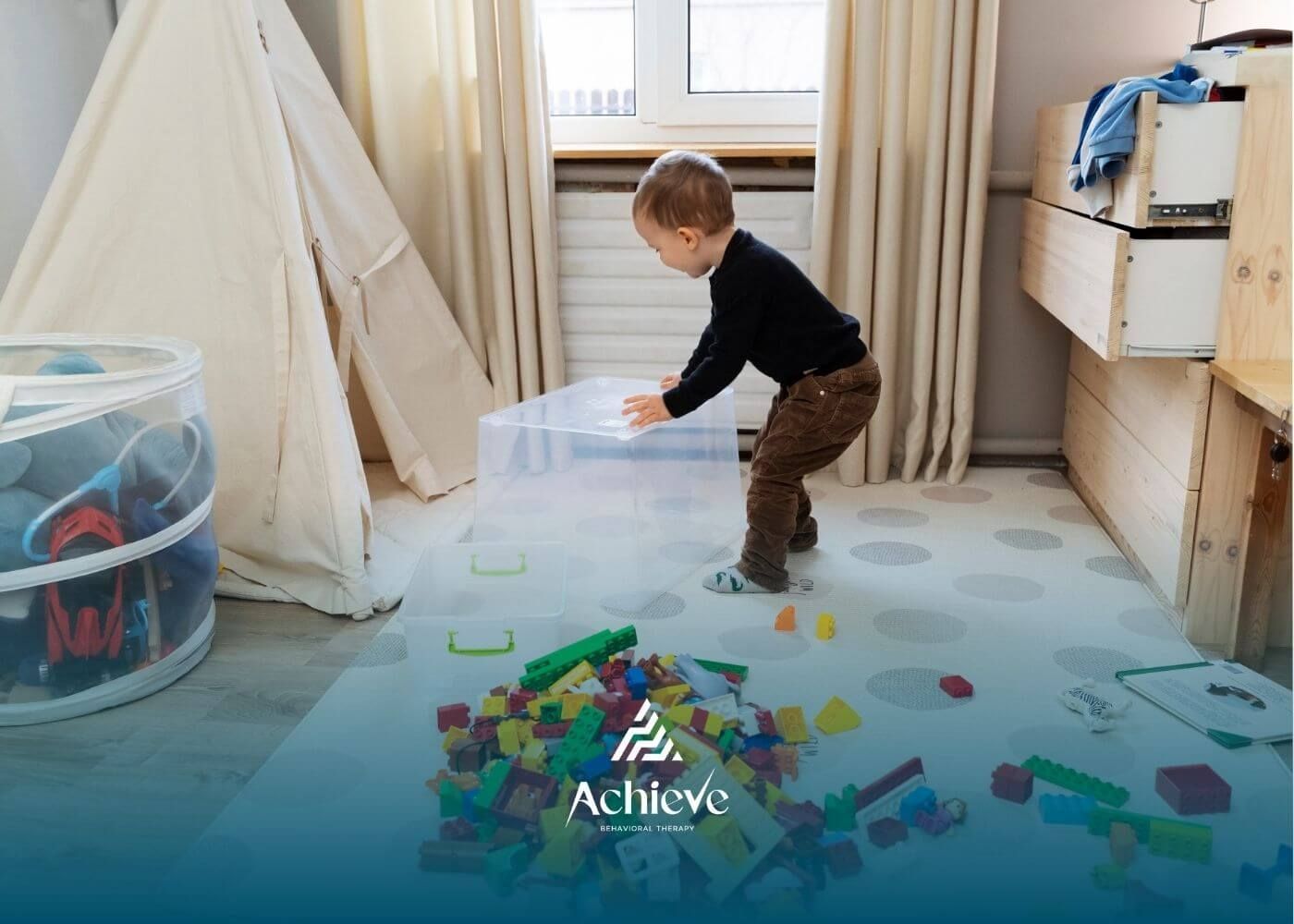How Is High-Functioning Autism Diagnosed? A Quick Guide

High-functioning autism is diagnosed using guidelines from the DSM-5, the standard manual for autism diagnosis. It requires persistent difficulties in social communication and interaction plus restricted or repetitive behaviors. These symptoms must have been present since early childhood and cause noticeable challenges in daily life.
Diagnosis involves detailed developmental history, direct observation, and standardized tests by specialists like psychologists or developmental pediatricians. They look for signs such as problems with back-and-forth conversation, understanding social cues, repetitive routines or intense hobbies, and sensory sensitivities.
Unlike some perceptions, high-functioning autism doesn’t mean no challenges—it means the person may have average or above-average cognitive skills but still struggles with social and behavioral aspects. About 31% of children diagnosed with autism are considered high-functioning, showing the importance of recognizing subtler signs early.
If social difficulties or repetitive behaviors are affecting life, an expert evaluation is crucial. Achieve Behavioral Therapy offers comprehensive assessments to clarify diagnosis and create effective ABA therapy plans. Schedule a visit with us to start a tailored journey toward better support and growth.
FAQ
How is high-functioning autism diagnosed?
Through DSM-5 criteria assessing social communication challenges and repetitive behaviors, plus clinical observation.
Who diagnoses high-functioning autism?
Psychologists, developmental pediatricians, or other trained specialists conduct evaluations.
What are signs of high-functioning autism?
Social difficulties, restricted interests, repetitive behaviors, and sensory sensitivities despite average intelligence.
At what age can high-functioning autism be diagnosed?
Symptoms appear in early childhood but diagnosis can occur at any age with developmental history.
Need Support?
We're Here to Help!
Our experienced team is ready to assist you. Reach out today to discuss how we can support your child's development and well-being.
Get started with expert ABA therapy today.












